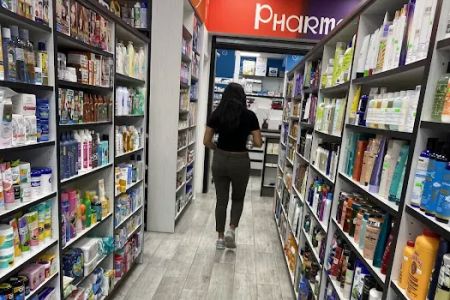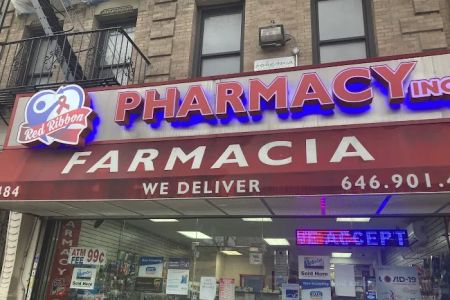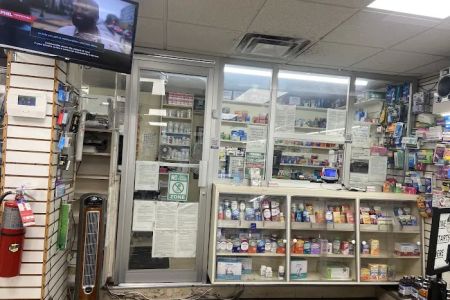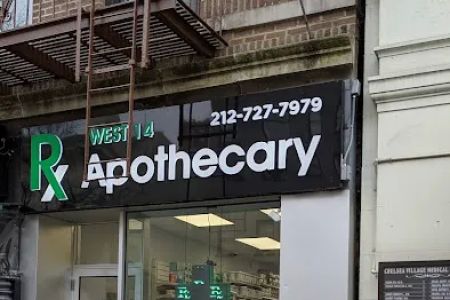Understanding Controlled Substances and Their Prescriptions
As a pharmacist working in the United States, one of the most important aspects of our job is ensuring the safe and lawful handling of controlled substance prescriptions. Controlled substances are drugs that are regulated by the government due to their potential for abuse, dependence, or addiction. These include medications like opioids, benzodiazepines, and certain stimulants, which require special attention when prescribed and dispensed. But how exactly do pharmacies manage these prescriptions? Let's dive into the process.
What Are Controlled Substances?
Controlled substances are classified into five categories (schedules) based on their potential for abuse and medical use. Schedule I drugs, like heroin, have no accepted medical use and are illegal. Schedule II drugs, such as oxycodone and fentanyl, have recognized medical uses but also a high potential for abuse, while Schedule III through V drugs have varying levels of potential for abuse and are subject to less stringent regulations.
The Prescription Process: Steps Pharmacies Follow
When a controlled substance prescription is presented at the pharmacy, it undergoes a thorough process to ensure it meets all regulatory requirements. The first thing we do is verify the legitimacy of the prescription. This includes checking the prescribing physician's credentials, ensuring that the prescription hasn't been altered or forged, and making sure it complies with state and federal regulations. In many cases, especially for opioids, we may also consult a state prescription drug monitoring program (PDMP) to track a patient's prescription history.
Regulations and Compliance
The handling of controlled substances is heavily regulated by both federal and state laws. One of the most important regulations is the Drug Enforcement Administration (DEA) guidelines, which dictate how controlled substances must be stored, dispensed, and documented. Pharmacies must store these drugs in secure locations, typically in locked cabinets or safes, to prevent theft or misuse. Additionally, every transaction involving controlled substances must be carefully documented, and records must be kept for a set number of years, as required by law.
Challenges in Dispensing Controlled Substances
As you can imagine, dispensing controlled substances presents unique challenges. One of the most common issues pharmacies face is the risk of prescription fraud. Patients may attempt to forge prescriptions or alter dosage instructions. This is why pharmacists are trained to look for signs of tampering and verify the authenticity of prescriptions, even when a patient may seem completely legitimate. It’s not uncommon for a pharmacy to contact a prescribing doctor directly to confirm a prescription’s validity, especially if there are concerns about misuse.
Patient Safety: A Top Priority
At the end of the day, our priority as pharmacists is patient safety. This is particularly critical with controlled substances, which have a high potential for misuse. Pharmacists play an important role in counseling patients on the proper use of these medications, explaining the risks of misuse, and providing information on how to safely store and dispose of unused medications. For example, opioids should never be shared with others, and excess medications should be disposed of through proper channels, such as take-back programs or authorized disposal sites.
Recent Trends: Tightening Regulations and Increased Scrutiny
In recent years, there has been an increased focus on combating the opioid crisis, and pharmacies have seen tighter regulations regarding controlled substances. For instance, many states have implemented laws that limit the number of opioid prescriptions that can be dispensed at one time or require additional documentation for refills. Pharmacists are now required to conduct more thorough screenings, and many are expected to complete continuing education on the safe dispensing of controlled substances. These changes have placed additional demands on pharmacies, but they are essential for ensuring public health and safety.
How Technology Plays a Role
Technology has significantly impacted how pharmacies handle controlled substance prescriptions. Electronic prescriptions for controlled substances (ePCS) have become more common, making it easier for pharmacists to verify the authenticity of prescriptions and reducing the risk of human error. Additionally, tools like PDMPs, which track a patient's history of controlled substance prescriptions, help pharmacies identify potential cases of prescription drug abuse and intervene before it's too late. Technology is an essential part of ensuring that pharmacies comply with regulations and safeguard against misuse.
Real-World Example: Preventing Prescription Fraud
Let me tell you a story. A few months ago, a patient came into my pharmacy with a prescription for a high-dose opioid medication. The prescription seemed to check out, but something about it felt off. The handwriting on the script was unusually messy, and the doctor’s office had been noted incorrectly. Trusting my training, I decided to double-check the prescription with the doctor’s office. It turned out that the prescription was forged, and the patient was attempting to get a controlled substance illegally. Thanks to careful screening, we were able to prevent potential misuse and ensure the patient received the proper care they needed.
The Future of Controlled Substance Prescriptions
The landscape of controlled substance prescriptions is always evolving. With the ongoing opioid crisis, the government is continually refining regulations to ensure the safety of patients while still allowing access to necessary medications. As a pharmacist, it’s crucial to stay informed about the latest developments in prescription laws, treatment options, and best practices for dispensing controlled substances. Our role as healthcare providers is to not only ensure that medications are dispensed correctly but also to be active participants in efforts to combat misuse and addiction.














